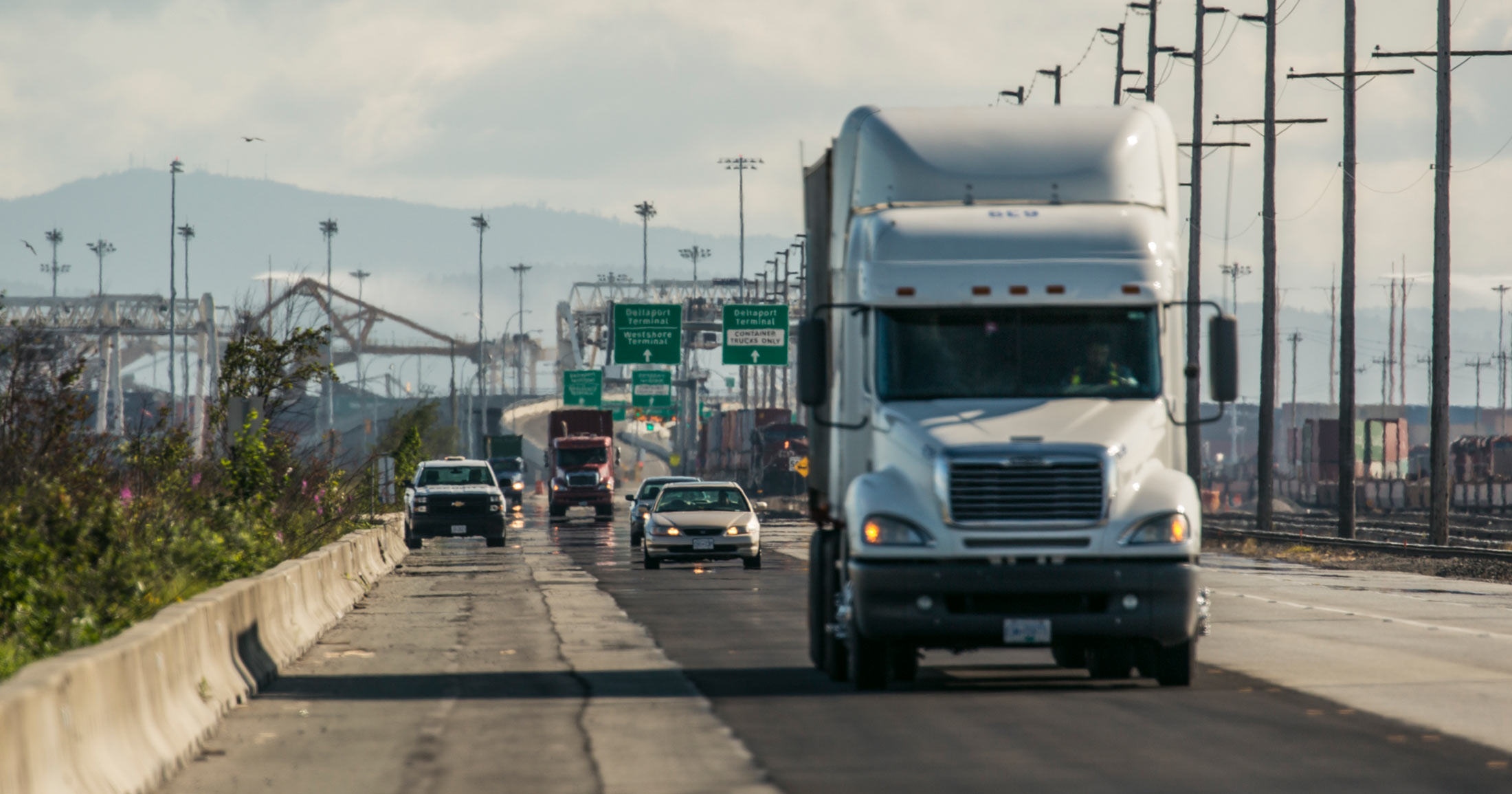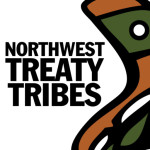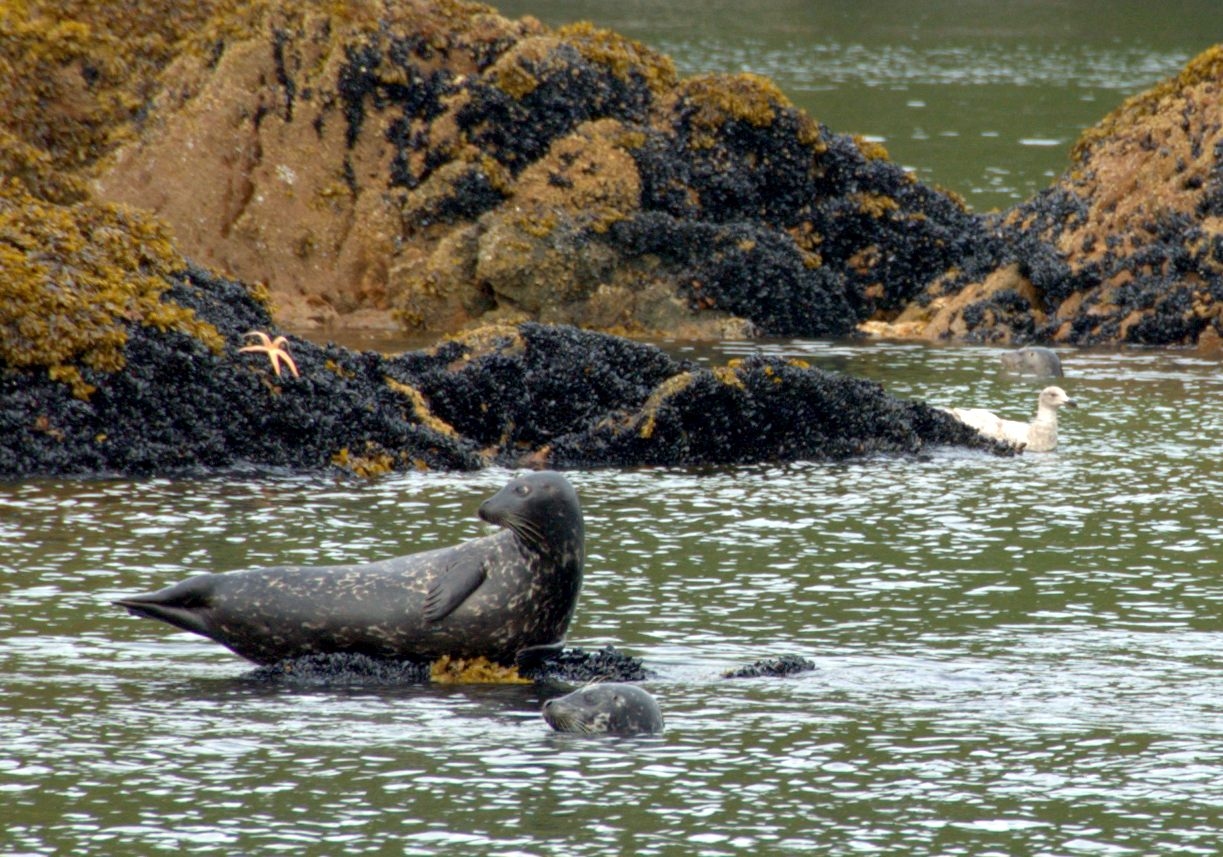IronNoggin
Well-Known Member
News release
April 14, 2021 Ottawa, Ontario
The Southern Resident killer whale is an icon of Canada’s pacific coast and this endangered species has an important cultural significance for Indigenous peoples and coastal communities in British Columbia (B.C.). The Government of Canada has taken strong, consistent action to protect and restore its population and will continue to do so. For the third consecutive year, it will enact measures to further protect these whales in Canadian waters.
Today, the Minister of Transport, the Honourable Omar Alghabra, the Minister of Fisheries, Oceans and the Canadian Coast Guard, the Honourable Bernadette Jordan, and the Minister of Environment and Climate Change Canada and Minister Responsible for Parks Canada, the Honourable Jonathan Wilkinson, announced protective measures for this year and beyond.
Measures include:
- For the second year, vessels will be prohibited from approaching any killer whale within a 400-meter distance in southern B.C. coastal waters between Campbell River and Ucluelet, including Barkley and Howe Sound. This is in effect year-round until May 31, 2022.
- Re-introducing three interim sanctuary zones off Pender Island, Saturna Island and at Swiftsure Bank, in effect from June 1 to November 30, 2021. No vessel traffic will be permitted in these areas, subject to certain exceptions for emergency situations and Indigenous vessels.
- Putting fishery closures in place for commercial and recreational salmon in a portion of Swiftsure Bank from July 16 to October 31, 2021, and in the Strait of Juan de Fuca from August 1to October 31, 2021. These actions will help protect the whales’ access to Chinook salmon with minimal disturbance in key foraging areas.
- The introduction of a new pilot closure protocol for commercial and recreational salmon fisheries in the southern Gulf Islands, whereby fishery closures are triggered by the first confirmed presence of Southern Resident killer whales in the area. Monitoring will begin in the area on June 1, 2021, and once a Southern Resident killer whale is confirmed, fishery closures will be triggered and will remain in place until October 31, 2021.
- Continuing to help reduce contaminants in the environment affecting whales and their prey. Long-term actions focus on enhancing regulatory controls, monitoring and research, sharing information and data, and expanding outreach and education.
Effectively ensuring the protection and recovery of Southern Resident killer whales requires a long-term, collective effort by the Government of Canada and other partners. These measures once again reflect advice from First Nations, the Southern Resident killer whale Technical Working Groups, the Indigenous and Multi-stakeholder Advisory Group, and from public consultations.
Government of Canada continues to strengthen measures to protect Southern Resident killer whales
The Southern Resident killer whale is an icon of Canada’s pacific coast and this endangered species has an important cultural significance for Indigenous peoples and coastal communities in British Columbia (B.C.). The Government of Canada has taken strong, consistent action to protect and...





